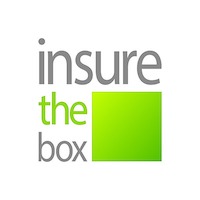We’re here for you
Log in to Your Portal 24/7
It's the quickest way to manage your policy. Plus, making changes online will cost you less.
- Make changes to your policy
- Stay updated on your driving data
- Monitor your mileage
- Buy Top Up Miles when you need them
Make a claim
New claim?
Start online here or call us:
0333 103 0030 (available 24/7)
Existing claim?
Call us: 0333 103 0030
(Mon-Fri: 9am - 5pm)
Need roadside assistance?
Call us: 01206 812784
We'll get help to you
as soon as we can
What to do in an accident
Check everyone's okay & call emergency services if needed
Collect details (names, contacts, car reg, witness info)
Note the location & take photos if possible
Get in touch with us as soon as you can—we'll guide you through the process
Customer Service
Talk to us on Live Chat.
Monday-Friday: 8am - 7:45pm
Saturday: 9am - 4pm
Bank holidays: 8am - 4pm
Call us: 0333 103 0000
Monday-Friday: 8:30am - 6pm
Saturday: 9am - 1pm
Bank holidays: 8am - 4pm
Email us:
service@insurethebox.com
Write to us:
insurethebox, PO Box 1308, Newcastle,
NE12 2BF
Key Protect claims
Call: 0344 856 2270
If your policy started on or before 28/12/2023, call 0203 794 9309
Windscreen or Glass Damage
Autowindscreen:
Data Protection and Privacy
If you have any questions about how we collect, store or use your personal information, get in touch with us.
Email us: DPO@aioinissaydowa.eu
Complaints
Let's make it right
We aim to provide a high level of service, but if something doesn't feel right, please get in touch.
Email us: complaints.service@insurethebox.com
Call us: 0333 103 0000
